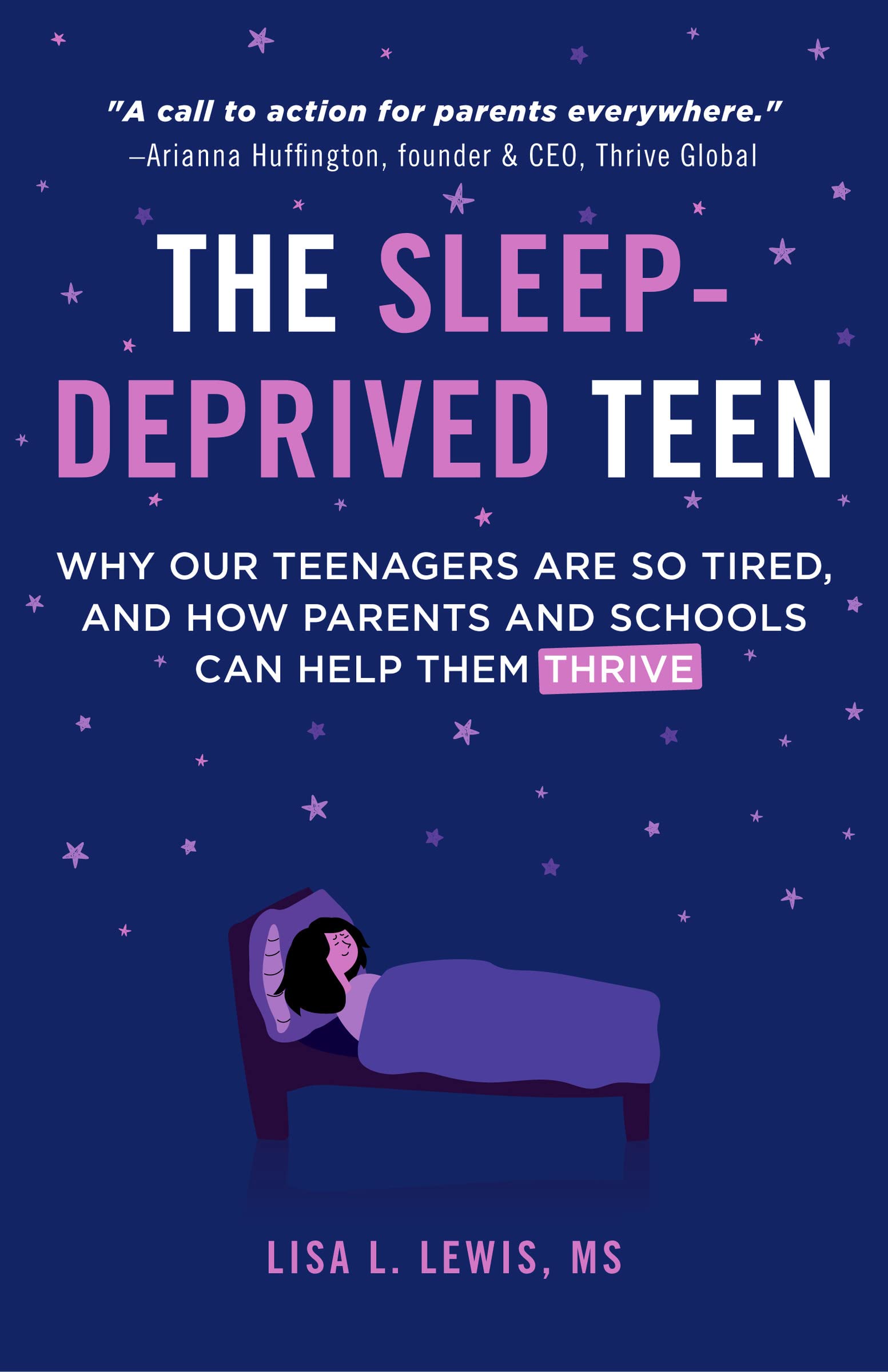For many teens, the end of summer means a return to busy schedules and long days filled with school, homework, sports and more. They may not be focusing on how their daytime actions affect their nighttime sleep, but there are a number of tips to keep in mind throughout the day that can help set the stage for healthier and better slumber.
Avoid the snooze button. Let’s start at the very beginning of the day: often, teens hit the snooze button several times before actually getting out of bed, hoping for a bit of extra sleep. They’re not doing themselves any favors, though. Any additional sleep they gain is fragmented and not restorative.
Typically, the alarm clock will sound during REM sleep, explains Rafael Pelayo, a clinical professor in the sleep medicine division at Stanford University’s School of Medicine. When teens fall back asleep, part of that additional time is spent making the transition to the REM stage. “You can quickly go from Stage One into REM sleep,” he says, “but you still have this transition stage to some degree.”
This cycle then repeats each time your teen hits the snooze button. To actually “gain” those additional 10 or 20 minutes, your teen would be better offsetting the alarm later and not disrupting REM sleep.
It may be your teen hits “snooze” simply because it’s become the pattern. Instead, though, it’s better for the alarm to ring closer to the time he or she actually gets up, allowing for a few quiet (awake) minutes in bed.
Let there be light. Teens benefit from being exposed to bright light to help them feel more alert.
“I think bright light in the morning upon first waking is really critical,” says pediatric sleep psychologist Lisa Meltzer. “It helps you wake up [and] helps get your internal clock on schedule.” This can be as simple as opening the curtains and turning on the lights. But, if it’s the depths of winter (or it’s still pre-dawn darkness outside), super-drowsy teens may benefit from a light therapy box, she says. While light therapy boxes are more commonly used in treating seasonal affective disorder (SAD), they can also help boost morning alertness.
Consider a scheduling change. Teens who have very early morning classes may be able to schedule more engaging classes in those first slots, says Maida Chen, who directs the Sleep Center at Seattle Children’s Hospital: “Something like orchestra or band—it’s a little harder to be sleepy through that.” A P.E. class is another good option, given that being physically active helps boost alertness.
Beware of overscheduling. Academics are just one part of teens’ busy days. In addition to class time and homework, most teens are also involved in extracurricular activities and may have jobs or other time commitments too. All of these take time, obviously, but it’s easy to underestimate the cumulative impact. You may want to review all of these commitments (including homework loads for each class), to ensure they allow an 8-10-hour window for sleep.
The art of the nap. If your teen is exhausted, a nap can help. Remember, though, naps are away to supplement nighttime sleep, not replace it.
Think of naps earlier in the day as adding to the sleep you missed the night before, experts suggest, whereas napping too late in the day takes away from your upcoming sleep at night.
More specifically, “you don’t want your [teen] to nap after 3 p.m., and you don’t want them to nap more than 30-45 minutes,” says Galit Levi Dunietz, a sleep epidemiologist and assistant professor of neurology at the University of Michigan. Otherwise, they may wake up groggy.
Plus, if your teen is regularly relying on naps, the new routine may become self-reinforcing.
Time caffeine intake. In addition to taking naps, teens often rely on caffeine to cope with their exhaustion. The issue, though, is it can result in worse sleep if teens ingest it too late in the day. That’s because caffeine use blocks the effectiveness of adenosine, which signals sleepiness. And until the effects of the caffeine wear off, we don’t feel the adenosine-driven urge to sleep. It’s still there, but essentially masked by the effects of the caffeine. Keep in mind that the half-life of caffeine is roughly five to seven hours, which means half of it is still in your system after that amount of time.
Get active. Encourage your teen to get enough physical activity during the day. It’s good for health for a number of reasons, including sleep.
Being physically active spurs the brain to release more of the hormone that encourages restorative sleep, according to Pelayo. It also boosts mood and can help improve mental health, which is a benefit in and of itself and may also improve sleep.
Finally, keep in mind that the time of day for exercise may matter, or it may not. “I have plenty of athlete [clients] who still sleep well, even exercising prior to bed, or that’s just part of their lifestyle because they play late games,” says Cheri Mah, a physician scientist at the University of California San Francisco and sleep consultant for numerous sports teams.
Teens who find it hard to fall asleep after an evening workout should try to minimize them or move them earlier in the day, she suggests. Her advice: “Identify what works for you.”



